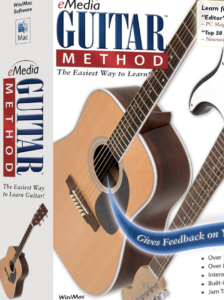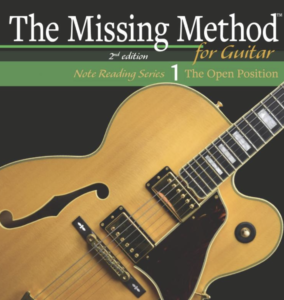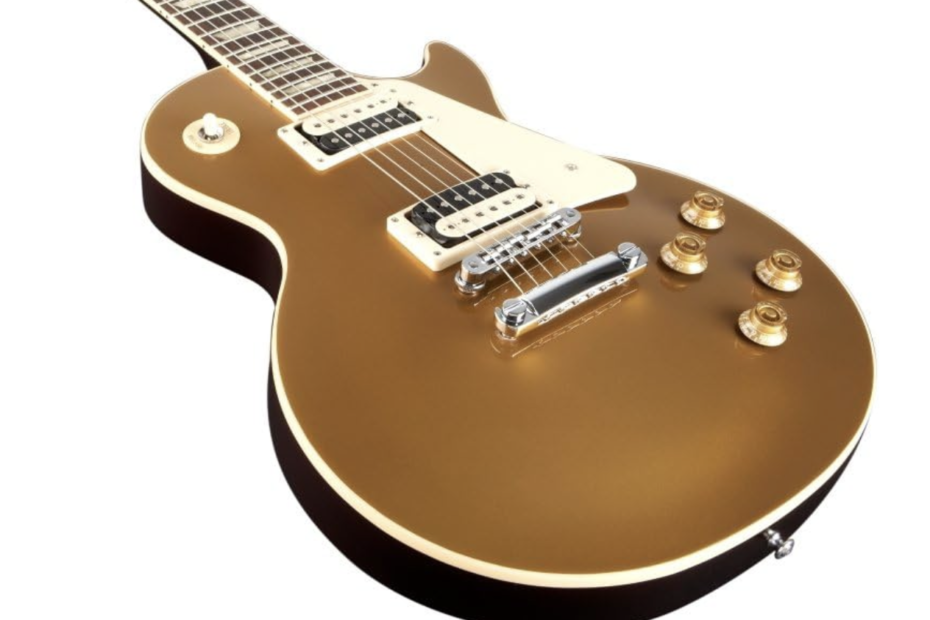A “guitar chord finder” is a tool or application designed to help guitarists easily locate and identify various chords on the guitar fretboard. It assists musicians in finding the correct finger placements for different chords, which is essential for playing songs and creating musical compositions.
 Here’s how a typical guitar chord finder works:
Here’s how a typical guitar chord finder works:
- Interface: The chord finder usually has a user-friendly interface that resembles the layout of a guitar neck. It displays a set of horizontal lines representing the strings of the guitar and vertical lines representing the frets.
- Chord Selection: Users can select a specific chord they want to find by either entering the chord name (e.g., “C major,” “G7,” “Dm”) or selecting the chord’s root note and chord type (major, minor, dominant, etc.) from drop-down menus.
- Finger Placement: Once the chord is selected, the chord finder displays the correct finger placements on the fretboard. This includes dots or numbers indicating where to place each finger on the strings and frets.
- Alternate Positions: Many chord finders offer multiple fingerings or positions for the same chord. This is particularly useful when a guitarist wants to find an alternative way to play a chord in a specific context.
- Interactive Features: Some chord finders allow users to interact with the displayed chord by clicking on strings and frets to hear how the chord sounds when strummed. This can help users ensure they are playing the chord correctly.
- Chord Variations and Inversions: Advanced chord finders might provide options for chord variations and inversions, allowing users to explore different voicings and tonalities of the same chord.
- Integration with Learning Platforms: Some chord finders are integrated into larger guitar learning platforms or apps, providing a seamless experience for beginners and experienced players to improve their chord-playing skills.
- Mobile Apps: Many chord finders are available as mobile apps, making them easily accessible to guitarists on the go. These apps might offer additional features like tuning tools, metronomes, and chord libraries.
Chord finders can be incredibly helpful for guitarists of all skill levels. They save time by quickly providing accurate finger placements for various chords, allowing musicians to focus on playing, learning, and creating music rather than struggling with chord positions.
 Also Read:
Also Read:
Guitar String Order: How to Remember Easily
PRS SE Custom 24 Guitar Review
Jackson Custom Shop Exclusive SL2H-V Soloist guitar
MOOER Acoustikar Acoustic Guitar Simulator Pedal
Boss GT-1 Guitar Multi-effects Pedal
LAVA ME 3 Carbon Fiber Guitar Review
Examples of Guitar Chord Finders
There are several guitar chord finder tools and apps available for guitarists. Here are a few popular ones:
- Ultimate Guitar Chords & Tabs (App): This is one of the most popular apps for guitarists, offering a vast library of chords, tabs, and lyrics for songs. It includes a chord finder feature that displays chord diagrams and finger placements. The app is available for both iOS and Android.
- Chordify (Website and App): Chordify is a tool that automatically generates chord diagrams for songs from YouTube, SoundCloud, or your own uploaded music. It’s useful for finding chords for specific songs you want to play.
- Guitar Chords (App): This app, available for both iOS and Android, provides a comprehensive chord library with diagrams and audio playback for each chord. It also offers features like chord progression suggestions and exercises.
- Fret Trainer (App): While not solely a chord finder, Fret Trainer is an app that helps you learn and memorize the notes on the fretboard, which can be incredibly useful for finding chords on your own.
- ChordBank (App): ChordBank is a mobile app that offers a user-friendly interface for exploring and practicing guitar chords. It provides diagrams, alternate fingerings, and audio playback.
- GuitarToolkit (App): GuitarToolkit is an all-in-one app that includes a chord finder, tuner, metronome, and scales reference. It’s available for iOS devices.
- ChordU (Website and App): ChordU is a chord transcription service that generates chord diagrams and lyrics for songs. You can use it with YouTube videos or paste song lyrics to get chord suggestions.
- Chordie (Website): Chordie is an online chord library and song database. While it primarily offers chords and lyrics for songs, it can also be used to find chord diagrams for various songs.
- JamPlay (Website): JamPlay is a comprehensive online guitar learning platform that offers a chord library with interactive chord diagrams and video lessons.
- Guitar Chord Finder (Online Tool): This is a simple online tool where you can select a chord from drop-down menus to see its diagram and finger positions on the fretboard.
Using a Guitar Chord Finder
Using a guitar chord finder is typically straightforward and user-friendly. Here’s a general step by step guide on how to use a guitar chord finder:
- Choose a Chord Finder: Start by selecting a chord finder tool or app that you’d like to use. You can search for specific apps in your device’s app store or use an online search engine to find websites offering chord finder tools.
- Open the Chord Finder: Launch the chosen app or website on your device.
- Select Chord: Depending on the chord finder you’re using, you’ll usually have options to either input the chord name (e.g., “C major,” “G7,” “Dm”) or select the root note and chord type (major, minor, dominant, etc.) from drop-down menus.
- View Chord Diagram: After selecting the chord, the chord finder will display a diagram of the chord’s finger placements on the guitar fretboard. The diagram will show the strings (usually represented by horizontal lines) and the frets (usually represented by vertical lines).
- Follow Finger Placements: Observe the dots, numbers, or other indicators on the diagram that show where to place your fingers on the fretboard. These indicators represent which fingers to use and where to press down on the strings.
- Strum and Play: Once you’ve positioned your fingers according to the diagram, strum the strings using your preferred strumming pattern. You can also pluck each string individually to hear how the chord sounds.
- Experiment with Alternate Positions: Many chord finders offer multiple fingerings for the same chord. If available, explore different finger placements to find a position that feels comfortable and suits the context of your playing.
- Practice and Learn: Use the chord finder as a tool for practicing and learning new chords. Experiment with different chords, and practice transitioning between them to improve your chord-changing skills.
- Explore Additional Features: Some chord finders offer additional features, such as chord variations, chord progressions, and interactive tutorials. Take advantage of these features to enhance your guitar playing.
- Save or Share: Depending on the chord finder, you may have the option to save your favorite chords or share them with others. This can be helpful for creating chord charts for songs you’re learning.
Remember that practice and repetition are key to mastering chord playing. Regularly using a chord finder to learn new chords and practicing them in different musical contexts will help you become a more skilled guitarist.
